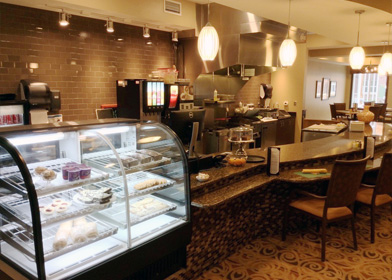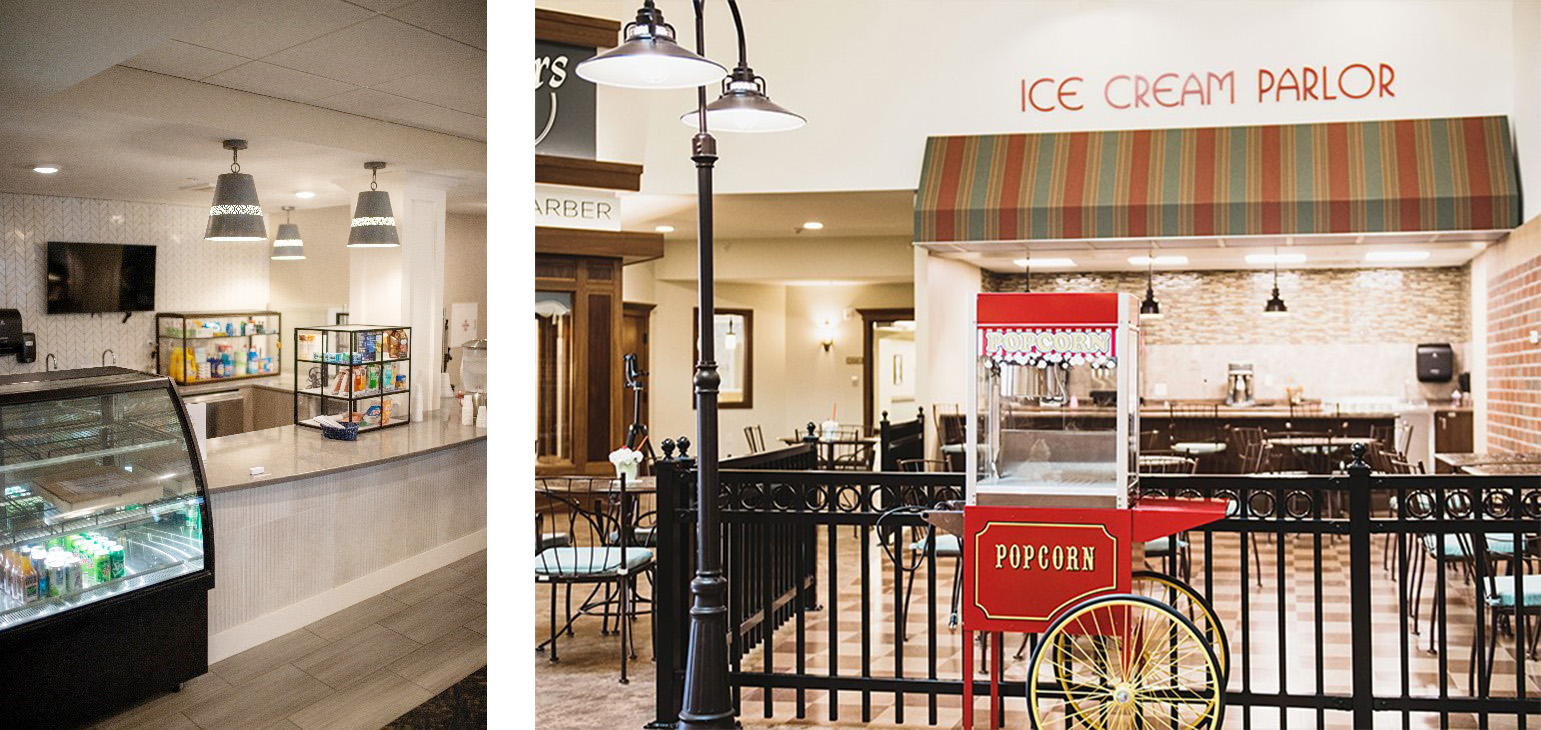
RETAILIZATION IN SENIOR LIVING COMMUNITIES: EMBRACING THE UNSEEN REVENUE STREAMS IN YOUR OPERATION
Every business today faces the challenges of rising inflation, expanding operating costs, and ongoing labor challenges, including senior living communities. For operators, raising rates has traditionally been the go-to way to balance budgets. But at what cost? Will this impact the slow but steady census growth we saw in 2022?
Providers are looking at rate increases of 7% - 13% in 2023. That means tough conversations as marketing teams reach out to new residents, and executive directors work to close the proverbial back door with current residents. According to Beth Burnham Mace, chief economist and director of outreach at NIC, these struggles aren’t going away anytime soon. “Rent growth, while rising, has not been sufficiently able to offset expense growth for many operators. As a result, net operating income has been hard to achieve for many — but certainly not for all — operators of senior housing properties,”1 Maces says.
To fill the gap, it’s time for a shift in the way the senior living sector views revenue generation. Creating new revenue streams through retailization will be the key to success.

Capturing Hidden Markets for Additional Revenue
Traditionally in senior living communities, revenue collected outside of rent and care charges was not a focus for operators. Rather, those areas were typically seen as expenses to be managed. When you change that up by instilling a profit mindset with these ancillary directors, you can easily tap into readily available revenue streams:
- The captive market: employees
- The service creep market: residents and families
- The main street market: external and new customers
By viewing these groups as possible sources of revenue with your hospitality program – including food & beverage, lifestyle/engagement, and concierge – you not only open your community to enhanced revenue streams, but also inherently improve the quality of your offerings, as they are now being held to a higher standard. The potential for how these markets can be tapped and your ancillary services maximized is limited only by the quality of the teams managing them and the value placed on creating revenue by the corporate office.
Embracing the Greater Impact of Retailization
The benefits of retailization extend far beyond increased revenue streams. Developing these programs and offerings requires a laser focus on operational excellence, which means overall services improve as a byproduct.
In addition, the steady increase of revenue impacts the asset value of a community as a whole. For example, an operator of an independent living community in Texas explored the addition of a permit to serve alcoholic beverages. While the two-year permit cost $10,000, having it as part of the services offered increased the total value of that community by $250,000. This is before the addition of the revenue stream created by sales from the new program, which can also add additional value. Retailization benefits owners and investors by improved valuations and overall NOI increases, as well as improved census stabilization, by providing a better product.
The demographics of our customer base are shifting, and our customers will soon have an expectation of higher quality services and the willingness to pay for the additional services if the value is there. It’s clear – the time to evaluate and implement this approach is now.
Need Help Getting Started?
If you’re looking to enhance your foodservice business by expanding or adding a new revenue stream, Boelter has you covered. Our team of experts can provide you with customized solutions, from design and equipment consultation to installation and warranty management. Contact us today and let us help you achieve your goals with our specialized knowledge and proven results.
If you’re in need of further assistance or ideas, connect with Trestle Hospitality for an operational assessment or additional tips.
We are here to support your success!
1: https://blog.nic.org/emerging-trends-in-senior-housing
2: Lars Thomassen, Retailization: Brand Survival in the Age of Retailer Power.